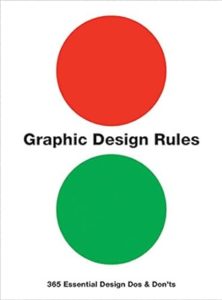Graphic Design Career Guide
Becoming a graphic designer involves a combination of education, training, practice, and creativity. Here’s a general roadmap to get you started:
1. **Education**: While not always necessary, a degree in graphic design or a related field can provide you with foundational knowledge
and skills. Look for programs at universities, colleges, or specialized design schools.
2. **Develop Skills**: Graphic design requires proficiency in various software tools such as Adobe Photoshop, Illustrator, and InDesign. Familiarize yourself with these programs through tutorials, online courses, or formal training.
3. **Practice**: Practice is key to mastering any skill. Start by working on personal projects or create designs for fictitious clients. Building a strong portfolio is essential for showcasing your abilities to potential employers or clients.
4. **Specialize**: Graphic design is a broad field with many specializations such as branding, web design, illustration, packaging design, etc. Explore different areas to find your niche and develop expertise in it.
5. **Networking**: Connect with other designers, professionals, and potential clients in the industry. Attend design events, join online communities, and participate in design forums to build relationships and gain insights.
6. **Internships or Freelancing**: Gain practical experience through internships or freelance projects. This will not only help you refine your skills but also build your portfolio and professional network.
7. **Stay Updated**: The field of graphic design is constantly evolving with new trends, technologies, and techniques. Stay updated with the latest developments by attending workshops, conferences, and online courses.
8. **Seek Feedback**: Don’t be afraid to seek feedback on your work from peers, mentors, or online communities. Constructive criticism can help you identify areas for improvement and grow as a designer.
9. **Build a Portfolio**: Your portfolio is your best tool for showcasing your work to potential employers or clients. Curate a selection of your best projects that demonstrate your skills, creativity, and style.
10. **Apply for Jobs**: Once you feel confident in your abilities and have a strong portfolio, start applying for graphic design jobs or freelance opportunities. Tailor your application materials to each job and be prepared to demonstrate your skills during interviews or design tests.
Remember, becoming a successful graphic designer takes time, dedication, and continuous learning. Stay passionate about your craft and keep pushing yourself to improve.






